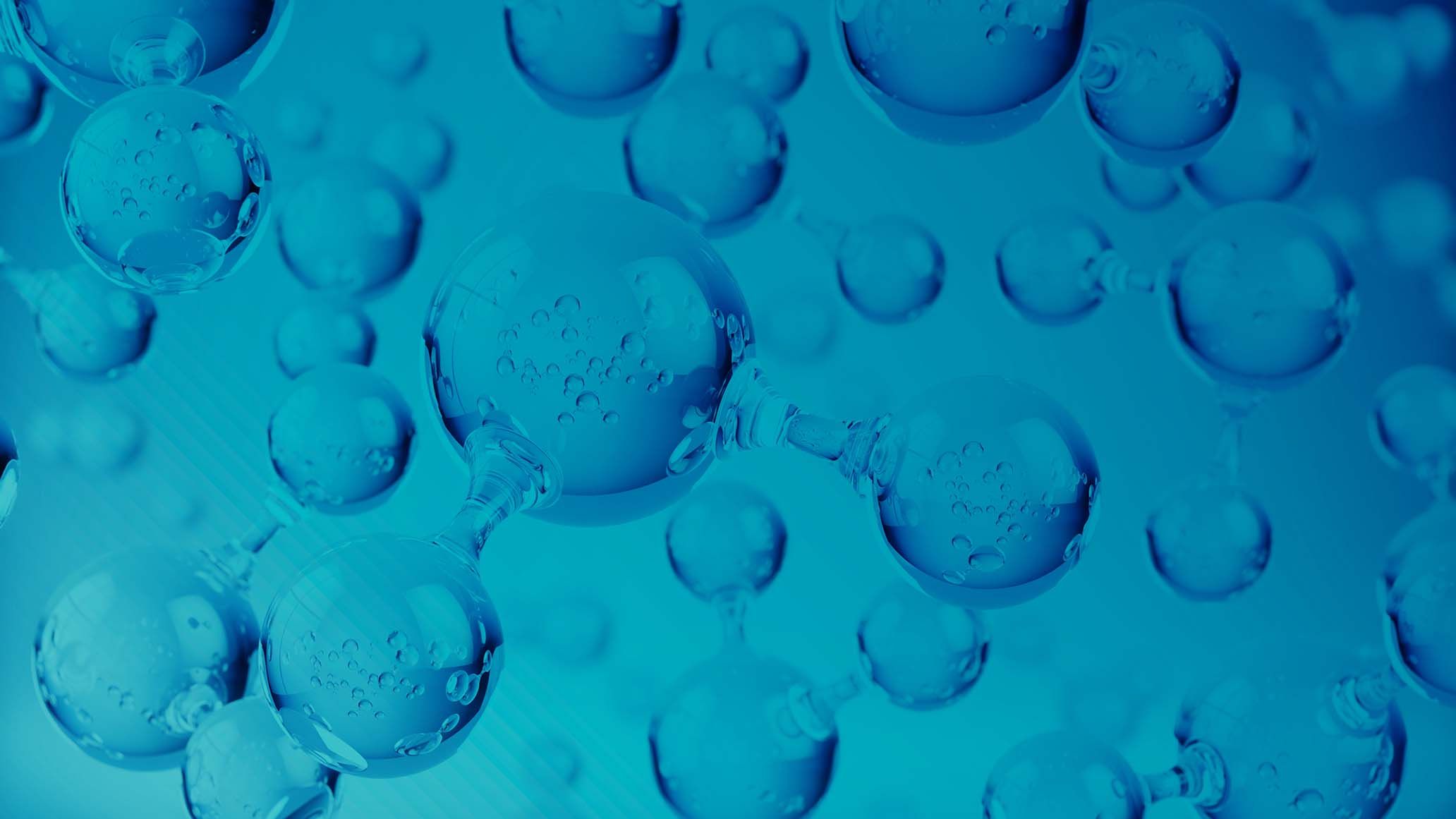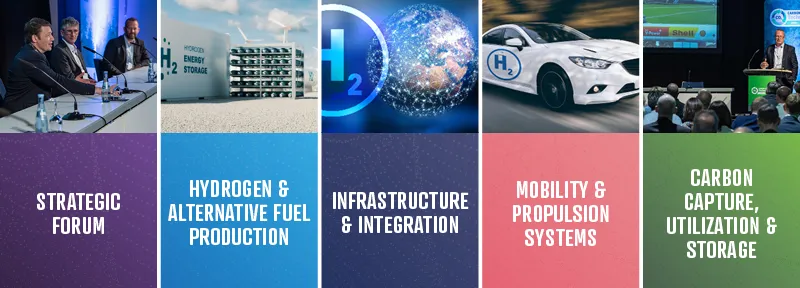Four Nuclear Power Plants Gear Up for Hydrogen Production with Bloom Energy, Xcel Energy and Other Utilities
)
The U.S. Department of Energy (DOE) is partnering with utilities on four hydrogen demonstration projects at U.S. nuclear power plants.
Hydrogen would be produced at the nuclear plants through high or low temperature electrolysers.
The plants expected to ramp up hydrogen production are listed below.
Nine Mile Point Nuclear Power Station (Oswego, NY)
DOE is supporting the development of a low-temperature electrolysis system at the Nine Mile Point station in Oswego, New York. Nine Mile is set to become the first nuclear-powered clean hydrogen production facility in the U.S.
Utility company Constellation is slated to begin producing hydrogen there before the end of 2022.
Constellation also partnered with New York State Energy Research and Development Authority (NYSERDA) to develop a fuel cell at the facility and will start producing additional power to the grid in 2025.
Davis-Besse Nuclear Power Station (Oak Harbor, OH)
Energy Harbor, part of a larger group called the Great Lakes Clean Hydrogen (GLCH) which aims to develop a Midwestern regional hydrogen hub, aims to demonstrate a low-temperature electrolysis system at the Davis-Besse Nuclear Power Station. The single unit reactor is expected to produce clean hydrogen by 2023, the Office of Nuclear Energy stated in a press release on 9 November.
Hydrogen produced from the facility could support local manufacturing and transportation services, including fuel for a local bus fleet.
Prairie Island Nuclear Generating Plant (Red Wing, MN)
Bloom Energy and Xcel Energy are working on a first-of-a-kind project to demonstrate high-temperature electrolysis at the Prairie Island Nuclear Generating Plant.
The data collected from this demonstration will be used to scale up this process.
Hydrogen production is expected to begin in early 2024.
Palo Verde Generating Station (Tonopah, AZ)
DOE is negotiating an award with Arizona Public Service (APS) and PNW Hydrogen to demonstrate another low-temperature electrolysis system at the Palo Verde Generating Station.
The hydrogen will be used to produce electricity during times of high demand or to make chemicals and other fuels.
The project could start producing hydrogen in 2024, pending the completion of award negotiations.
DOE is continuing to support the development and maturation of clean hydrogen production, including funding for six to ten regional clean hydrogen hubs across the United States through the Bipartisan Infrastructure Law. At least one of the hubs will be focused on clean hydrogen production using nuclear energy.
Additional funding, through the Inflation Reduction Act also includes support for clean hydrogen production via tax credits that will award up to $3/kg for low carbon hydrogen.
All this work supports DOE’s Hydrogen Shot Goal of reducing the cost of clean hydrogen by 80% to $1 per 1 kilogram in 1 decade.



)
)
)
)
)
)
)
)


)
)
)
)
)
)
)

)
)
)
)
)
)
)
)

)
)
)
)
)
)
)

)
)
)
)

)
)

)
)
)
)
)
)
)
)

)
)
)
)
)

)
)

)
)
)
)
)
)
)
)


)
)


